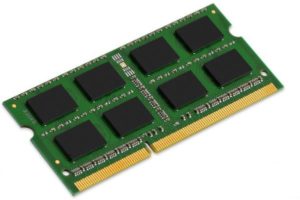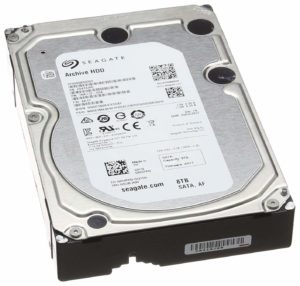Storage devices
Storage Devices
Primary storage device, alternatively referred to as internal memory or main memory, is a storage location that holds memory for short periods of time while the computer is on. For example, computer RAM and cache are both examples of a primary storage device. This storage is the fastest memory in your computer and is used to temporarily store data for easy access while it’s being used.
A Computer’s RAM – Primary Storage.
Secondary storage, sometimes referred to as external memory, is a storage medium that holds information until it is deleted or overwritten. For example, USB flash drives and hard disk drives (like the one pictured below) are both good examples of secondary storage devices. Although primary storage is accessed much faster than secondary storage, because of the price and size limitations secondary storage is used with today’s computers to store all of your programs and your personal data.
A Computer’s Hard Disk Drive – Secondary Storage.

